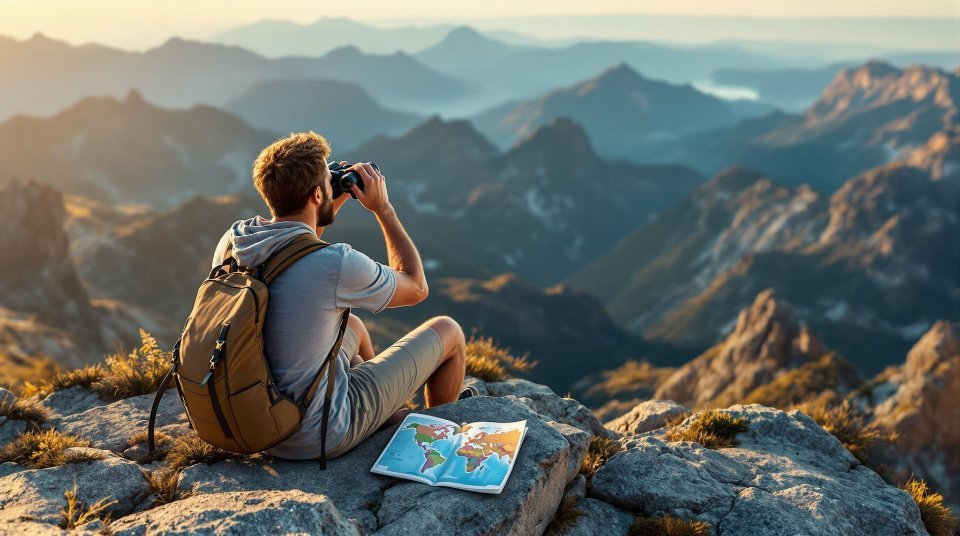
There’s something about pushing past your limits—that moment when your legs burn, the air thins, and every instinct screams to stop—but you don’t. You keep going. Because adventure isn’t just about the landscapes; it’s about becoming someone stronger, braver, and more alive than you ever thought possible.
These trails aren’t just paths through mountains, deserts, and wild coastlines. They are battlegrounds of willpower, cathedrals of solitude, and proving grounds for those who crave something more. If you’ve ever felt the call of the unknown, the pull of the impossible—this is your list. Are you ready?
1. The Snowman Trek, Bhutan – The Ultimate High-Altitude Challenge
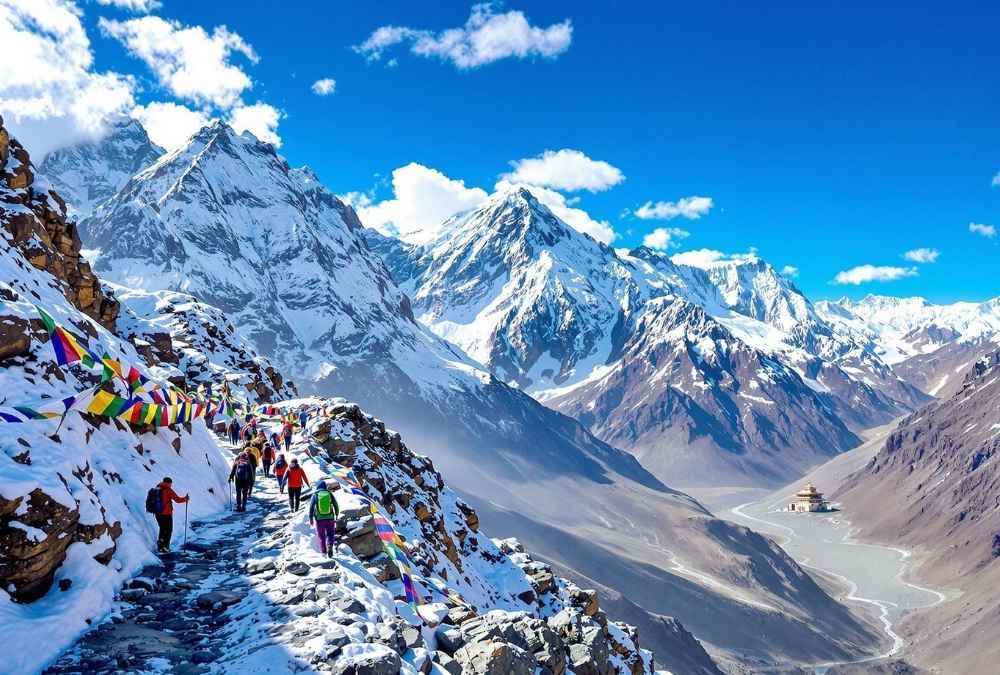
Picture this: You’re trekking through the remote Himalayan wilderness, surrounded by towering peaks that feel like they belong to another world. The Snowman Trek isn’t just a trail; it’s an odyssey. At 200 miles long with 11 passes over 16,000 feet, it’s easily one of the toughest long-distance hikes on the planet.
This isn’t for the faint of heart. It takes about a month to complete, meaning you’re battling altitude, unpredictable weather, and sheer exhaustion day after day. The landscape is surreal—glacial valleys, ancient Buddhist monasteries, and villages that seem frozen in time. You’ll pass through Laya, one of Bhutan’s highest settlements, where locals still wear their traditional yak-wool clothing. If you ever wanted to feel like you’ve stepped into a National Geographic documentary, this is it.
But the real challenge? The Snowman Trek has a higher failure rate than summiting Everest. Most trekkers don’t complete it, thanks to extreme snowfall and altitude sickness. If you do, you’ll be among the few who’ve conquered one of the greatest trekking feats on Earth.
Quick Facts
- Best Months to Visit: Late September – Early November
- Distance: ~200 miles
- Difficulty: Extreme
- Altitude: Up to 18,000 feet
- Why It’s Special: One of the most remote and physically demanding treks in the world
- Pro Tip: Train for months in advance—this isn’t a trail you can just “wing.”
2. Torres del Paine O Circuit, Chile – Patagonia’s Wildest Ride
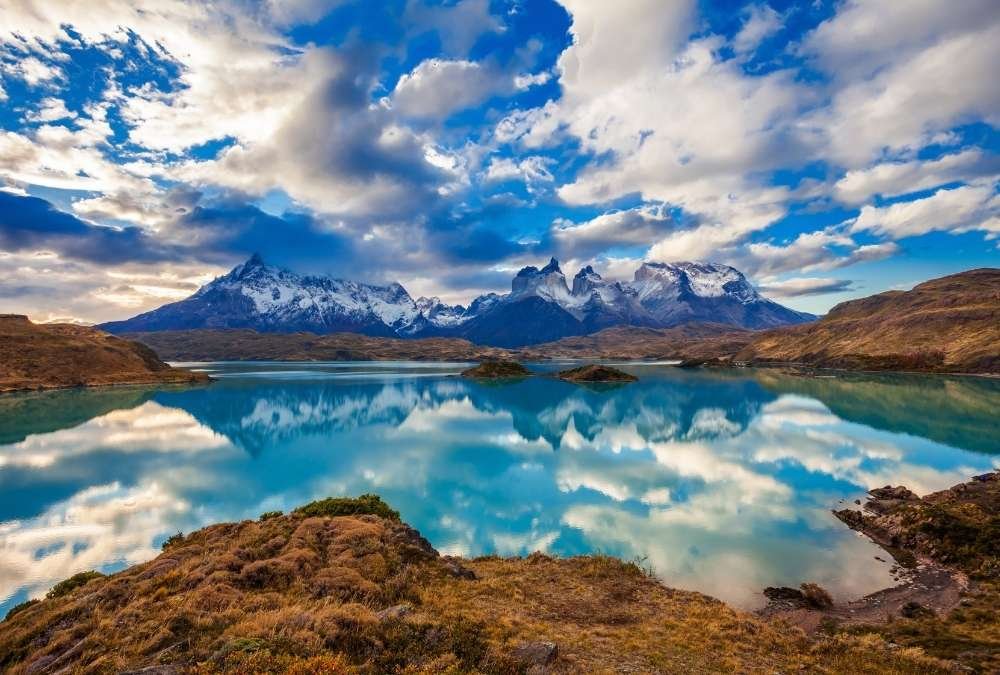
Welcome to Patagonia, where the winds will knock you off your feet (literally). If you’re looking for jaw-dropping scenery and an unforgiving challenge, the O Circuit in Torres del Paine National Park delivers. Unlike the more touristy W Trek, the O Circuit takes you deep into the backcountry, covering about 80 miles of glaciers, rivers, and vertigo-inducing passes.
One moment, you’re hiking through golden grasslands with guanacos (a llama cousin) trotting alongside; the next, you’re battling rain, sleet, and winds so strong they’ve been known to rip tents apart. And then there’s John Gardner Pass—a brutal climb that rewards you with an out-of-this-world view of the Grey Glacier stretching endlessly beneath you.
The best part? You’ll feel like you’ve earned every mile. Unlike most hikes, where the toughest sections come at the start, the O Circuit gets harder as you go—so save some energy for the last stretch!
Quick Facts
- Best Months to Visit: December – February
- Distance: ~80 miles
- Difficulty: Challenging
- Altitude: Max ~4,000 feet (low compared to others, but the brutal weather makes up for it)
- Why It’s Special: Untouched Patagonia wilderness, fewer crowds than the W Trek
- Pro Tip: Bring a bombproof tent—Patagonia’s wind isn’t a joke.
3. GR20, Corsica, France – Europe’s Toughest Trail
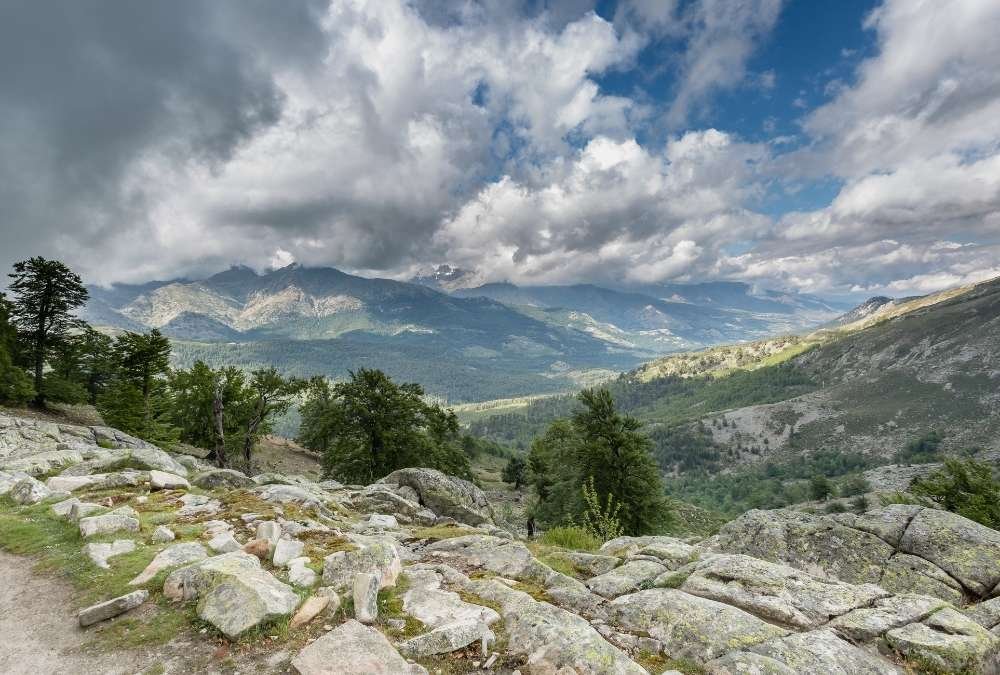
Think Europe is all about quaint villages and café-lined streets? Think again. Corsica’s GR20 will wreck your legs, test your balance, and push your limits in the best way possible. At 112 miles long, it’s hailed as Europe’s hardest trek, thanks to its technical rock scrambles, relentless elevation changes, and punishing heat.
The trail cuts straight through the spine of Corsica, an island famous for its rugged cliffs, turquoise waters, and wild landscapes. Expect rope-assisted climbs, exposed ridges, and thigh-burning ascents, with the reward being stunning Mediterranean views that look like a painting. The Refuges (basic mountain huts) along the way serve fresh cheese and bread, but don’t expect luxury—this is about survival, not comfort.
Unlike the Himalayas, where altitude is the challenge, the GR20 is all about technical difficulty. If you love scrambling, climbing, and sheer, unfiltered adventure, this is your dream trek.
Quick Facts
- Best Months to Visit: June – September
- Distance: 112 miles
- Difficulty: Brutal (expect scrambles, steep drops, and heat exhaustion)
- Altitude: Up to 8,000 feet
- Why It’s Special: Combines Mediterranean beauty with high-adrenaline adventure
- Pro Tip: Go ultralight—a heavy pack will make this twice as hard.
4. Everest Base Camp via Gokyo Lakes, Nepal – A High-Altitude Pilgrimage
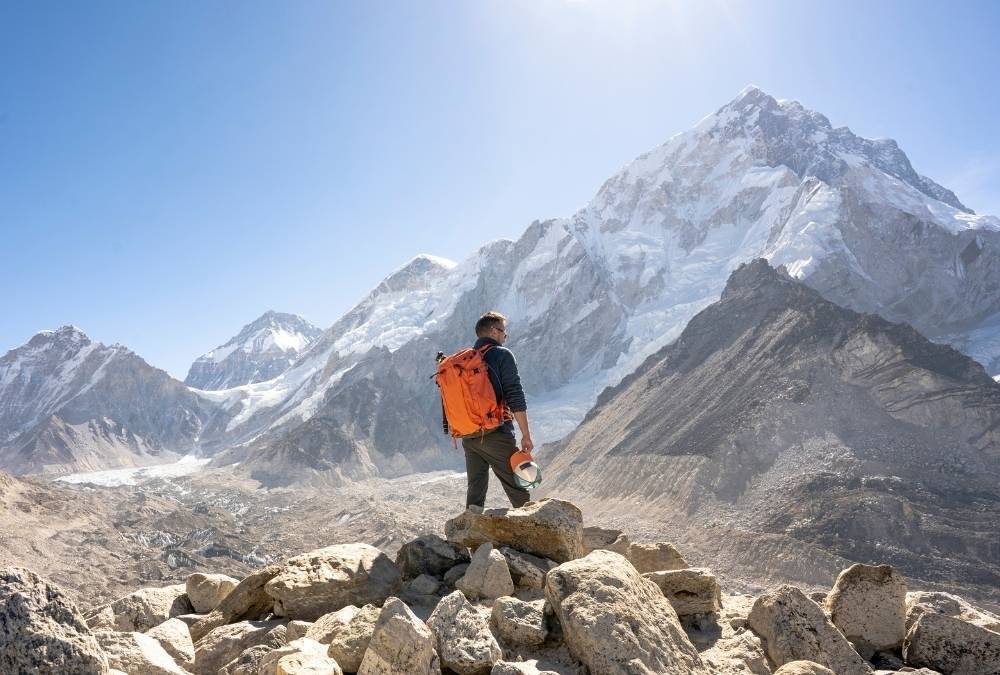
Everest Base Camp (EBC) is on many bucket lists, but if you want the ultimate experience, take the Gokyo Lakes route. This alternate path avoids the crowded tourist route and rewards you with breathtaking glacial lakes, the dizzying Cho La Pass, and unreal views of Everest from Gokyo Ri.
The trek feels spiritual—partly because you’ll see prayer flags fluttering in the wind, ancient monasteries, and yaks carrying supplies as they have for centuries. But mostly because of the sheer scale of it all. At over 17,500 feet, you’ll feel small, humbled, and completely in awe of the mountains around you.
Make no mistake: Altitude sickness is real, and the final push to Base Camp is pure grit. But standing in the shadow of Everest? Unforgettable.
Quick Facts
- Best Months to Visit: April – May, September – November
- Distance: ~80 miles
- Difficulty: High-altitude challenging
- Altitude: Up to 18,200 feet (Gokyo Ri)
- Why It’s Special: Less crowded than the standard EBC trek, with better views
- Pro Tip: Take acclimatization days seriously—this altitude can knock you out.
5. Kungsleden Trail, Sweden – Arctic Wilderness Like No Other
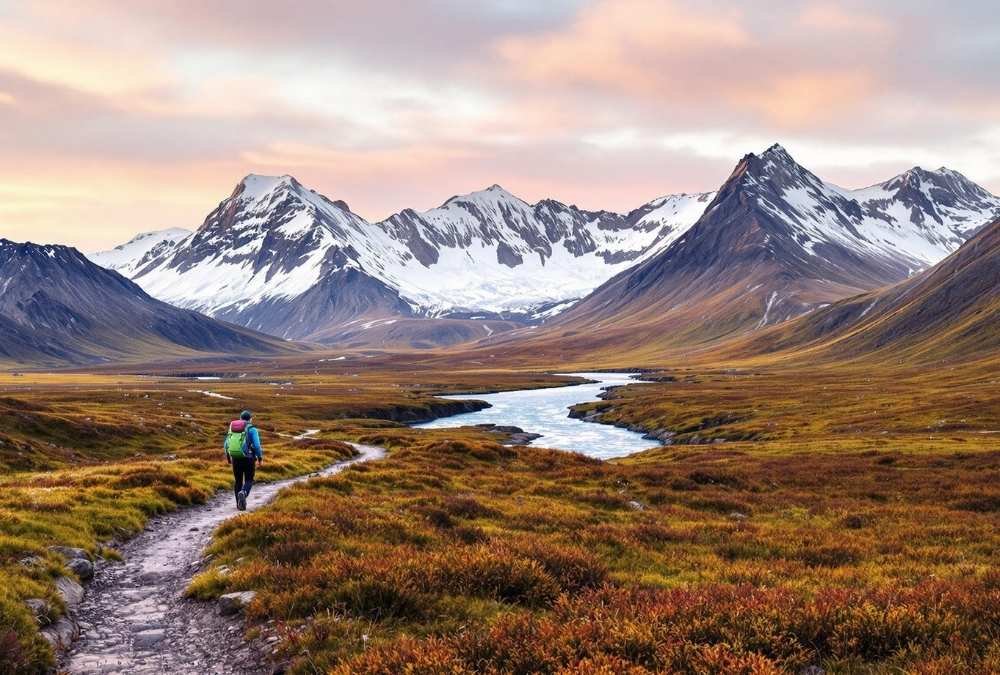
The Kungsleden Trail (or “The King’s Trail”) is Sweden’s answer to the wild. Stretching 270 miles above the Arctic Circle, it’s a raw, remote, and deeply humbling journey through snowcapped peaks, glacial rivers, and reindeer-studded tundra.
Unlike other brutal treks, this one’s more about mental resilience than sheer physical exhaustion. Sure, there are tough sections (especially in the Kebnekaise region), but it’s the loneliness, the silence, and the never-ending daylight (in summer) that mess with your head.
Oh, and did I mention the Northern Lights? If you go in September, you might just see the sky explode in greens and purples—an experience that makes every mile worth it.
Quick Facts
- Best Months to Visit: July – September
- Distance: 270 miles
- Difficulty: Moderate (long, but not as brutal as others)
- Altitude: Varies, but never extreme
- Why It’s Special: Arctic landscapes, Northern Lights, and a true wilderness experience
- Pro Tip: Bring a mosquito net in summer—you will need it.
6. Drakensberg Grand Traverse, South Africa & Lesotho – A Journey Through the Dragon’s Back
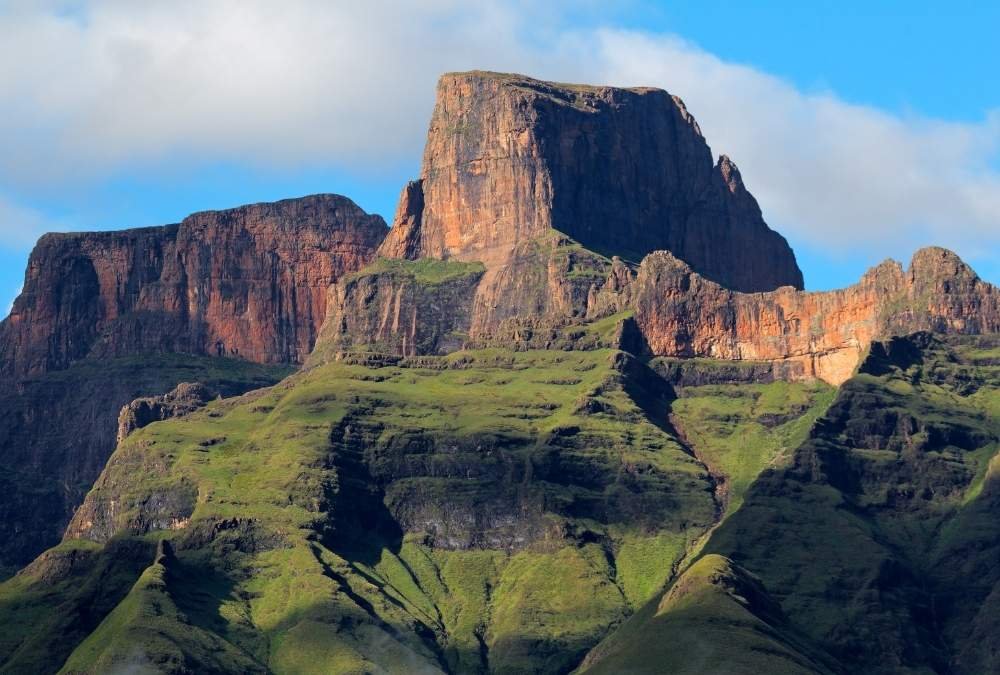
If you crave true wilderness, the Drakensberg Grand Traverse is an untamed beast. This 130-mile trek cuts across rugged cliffs, rolling plateaus, and deep gorges, offering a surreal mix of lush valleys and bone-dry ridges. Unlike structured trails with clear signs, here, you’re mostly on your own—no marked paths, no comfy refuges, just raw adventure.
The journey kicks off with an adrenaline spike: climbing chain ladders up a sheer rock face to reach the top of Tugela Falls, the world’s tallest waterfall. From there, it’s days of navigating windswept escarpments, dodging thunderstorms, and camping under some of the clearest night skies on Earth.
One of the highlights? Meeting the Basotho people, who live in remote villages scattered across the mountains. You’ll feel like you’ve stepped into another world—where life moves at a slower, more ancient pace. No Wi-Fi, no distractions, just you, the mountains, and the echoes of history.
Quick Facts
- Best Months to Visit: April – June (dry season)
- Distance: 130 miles
- Difficulty: Brutal (self-navigation, extreme weather)
- Altitude: Up to 11,000 feet
- Why It’s Special: No set trail—pure, wild adventure
- Pro Tip: Pack a GPS and a stormproof tent—this region is unpredictable.
7. The Maze, Canyonlands, USA – The Most Dangerous Hike in America
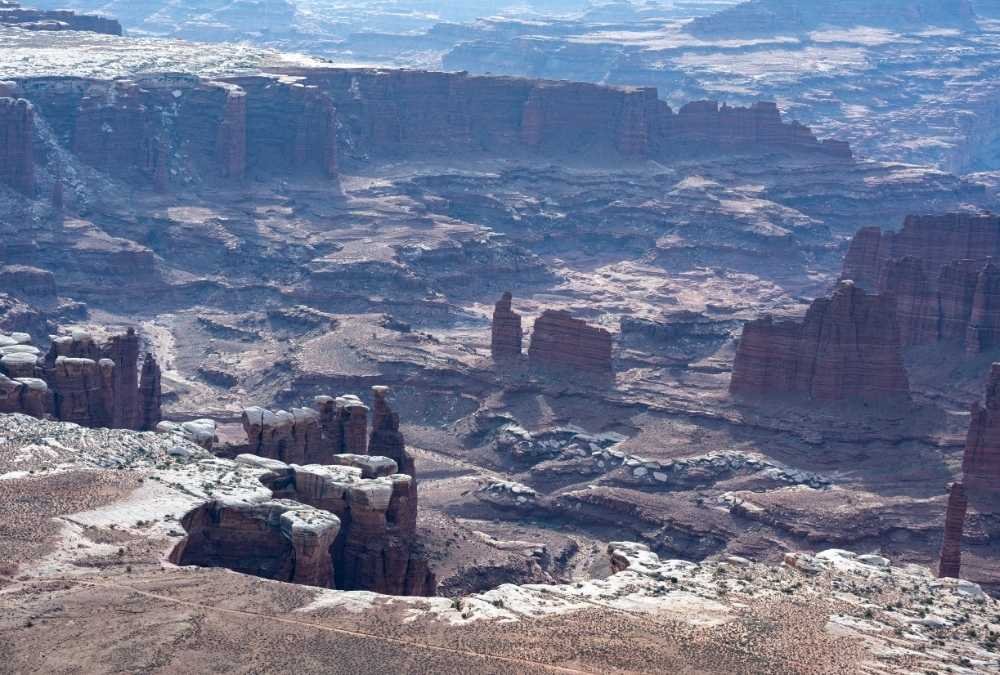
They don’t call it The Maze for nothing. This remote and twisted labyrinth of red rock canyons in Utah is one of the least accessible places in the U.S.—and that’s exactly what makes it legendary.
Imagine wandering through a sprawling desert landscape, where narrow slot canyons, towering cliffs, and dead-end ravines trap the unprepared. Maps? Good luck. GPS signals are spotty, and even experienced hikers have spent days lost in the sandstone maze. If you’re heading here, you need to be self-sufficient, smart, and maybe a little fearless.
Water is scarce, the heat is brutal, and help is days away. But the reward? A level of silence, isolation, and Martian-like scenery that you won’t find anywhere else. Just be sure to tell someone where you’re going—because search and rescue might not find you in time.
Quick Facts
- Best Months to Visit: March-May, September – November
- Distance: Varies (No marked trails)
- Difficulty: Extreme (navigation nightmare, no water sources)
- Altitude: Around 5,000 feet
- Why It’s Special: One of the most remote and least-visited regions in the U.S.
- Pro Tip: Bring extra water, and don’t go solo unless you’re a survival expert.
8. Te Araroa Trail, New Zealand – From Volcanoes to Glaciers in One Epic Walk
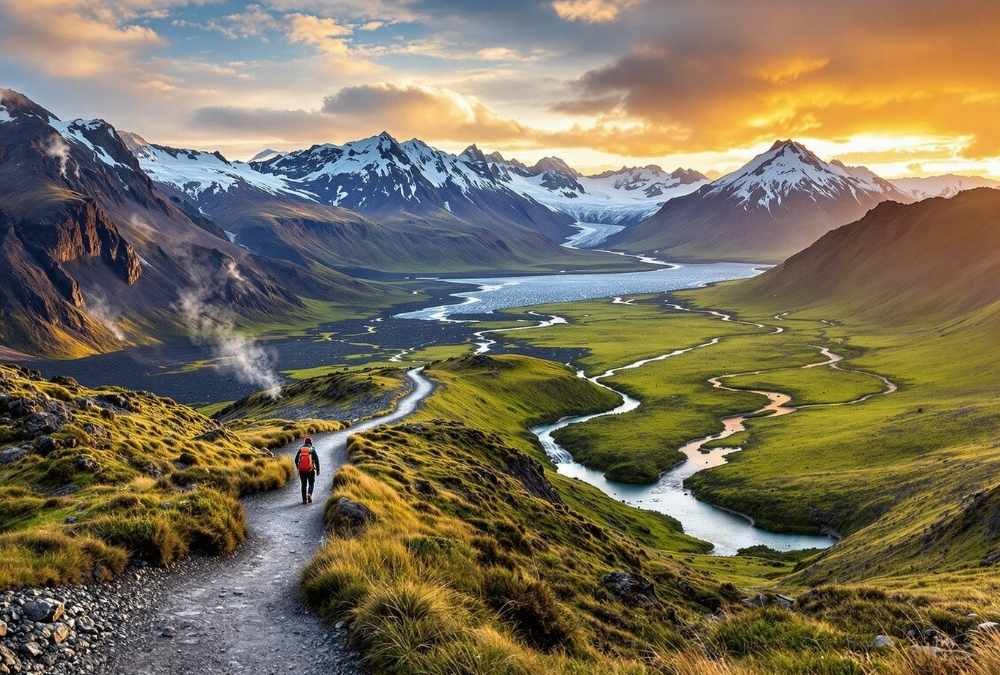
Ever wanted to walk the length of an entire country? Te Araroa, New Zealand’s 1,900-mile long-distance trail, connects the entire nation from top to bottom—from the wild beaches of the North Island to the rugged mountains of the South.
It’s an ever-changing adventure—one day you’re crossing black sand beaches, the next you’re climbing volcanoes straight out of Lord of the Rings, and later, you’re wading through knee-deep rivers in the middle of a rainforest. Unlike most trails that stick to one terrain, Te Araroa throws everything at you—jungles, cities, glaciers, and deserts.
Very few people complete the entire trek in one go (it takes four to six months!), but even doing just sections of it is an experience you won’t forget. If you love variety, adventure, and a good mental challenge, this one’s for you.
Quick Facts
- Best Months to Visit: October – April
- Distance: 1,900 miles (can do sections)
- Difficulty: Moderate to extreme, depending on the section
- Altitude: Varies (coastal to high-mountain terrain)
- Why It’s Special: The world’s most diverse long-distance trail
- Pro Tip: Skip the road-walking sections—take public transport and focus on the wild parts.
9. The Huayhuash Circuit, Peru – A South American Secret You Won’t Believe Exists
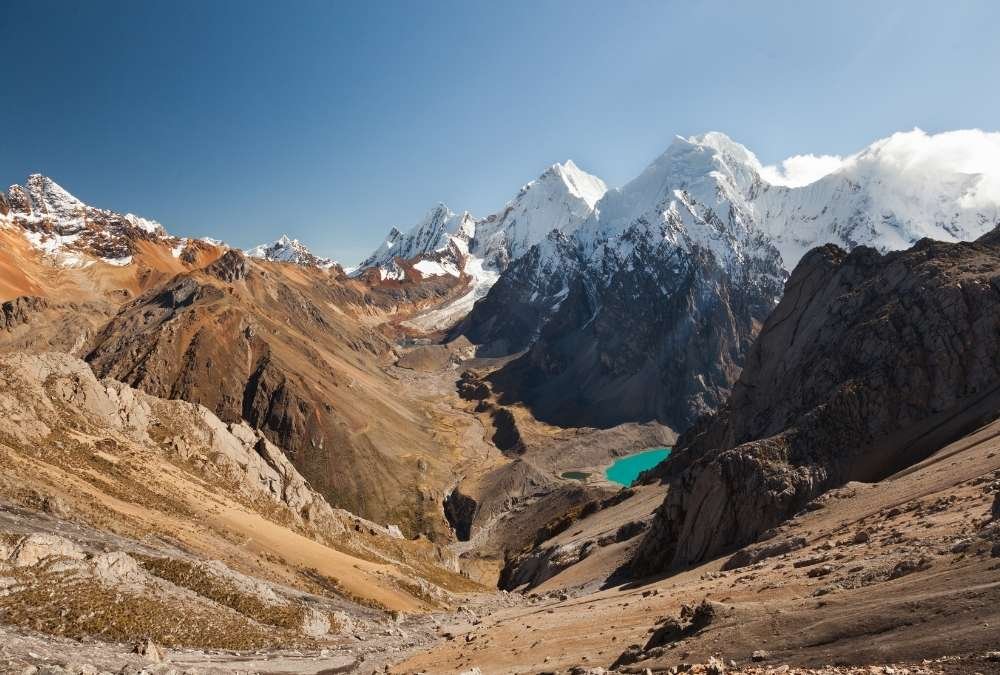
The Huayhuash Circuit isn’t just another trek—it’s one of the best-kept secrets in South America. While the Inca Trail gets all the fame, the Huayhuash (pronounced why-wash) offers bigger mountains, fewer crowds, and landscapes that look stolen from a dream.
This 81-mile loop takes you through the heart of the Peruvian Andes, where glacier-capped peaks soar over 20,000 feet, and turquoise lakes reflect the sky like mirrors. It’s tough—the altitude is relentless, and every day brings steep climbs over high passes. But the views? Unreal.
At night, you’ll camp under skies so clear you can see the Milky Way in full detail. And in the morning? You’ll wake up to golden light hitting the snow-covered peaks. Few places make you feel this small—and this alive.
Quick Facts
- Best Months to Visit: May – September
- Distance: 81 miles
- Difficulty: High-altitude tough
- Altitude: Up to 18,000 feet
- Why It’s Special: Bigger mountains, fewer people than the Inca Trail
- Pro Tip: Take at least 2 days to acclimate before starting.
10. West Coast Trail, Canada – The Ultimate Coastal Trek
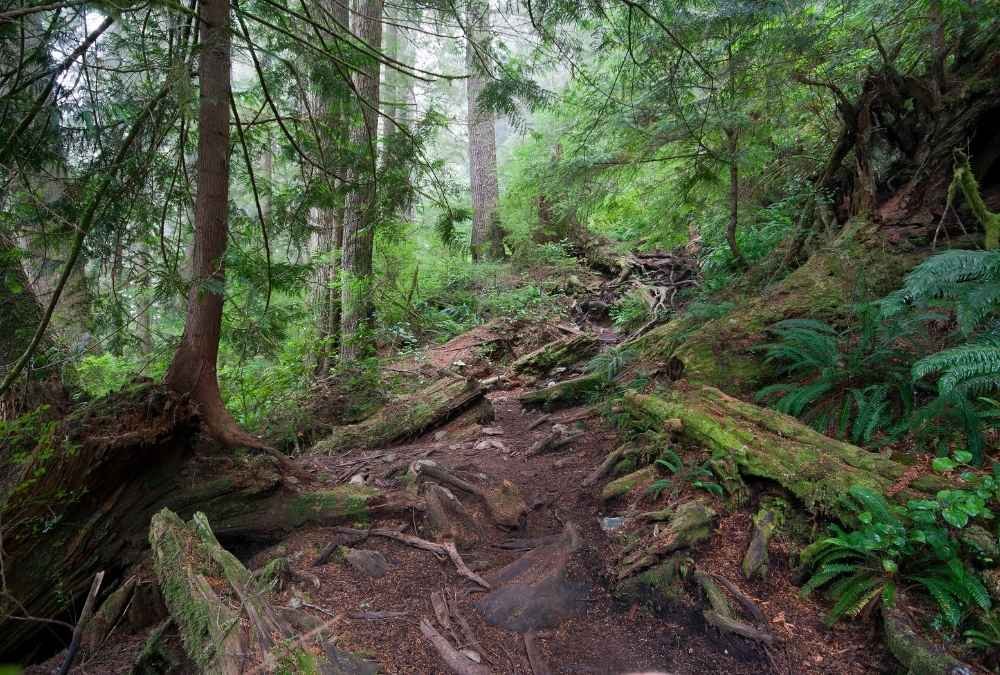
Misty rainforests, towering sea stacks, and wave-battered cliffs—the West Coast Trail is a rugged, wet, and ridiculously beautiful adventure on Vancouver Island, Canada.
It was originally a lifeline for shipwreck survivors, and it still feels like a battle against nature. The 75-mile trail is packed with rope ladders, knee-deep mud, slippery boardwalks, and beach crossings that require timing the tides perfectly. It’s more than a hike—it’s an obstacle course built by nature itself.
But despite the brutal conditions, the rewards are unforgettable—spotting whales off the coast, camping under massive cedar trees, and feeling completely disconnected from modern life. If you love wild coastal landscapes, this is as raw as it gets.
Quick Facts
- Best Months to Visit: June – September
- Distance: 75 miles
- Difficulty: Challenging (mud, tides, ladders)
- Altitude: Sea level to 2,300 feet
- Why It’s Special: Epic Pacific coastline, brutal but rewarding terrain
- Pro Tip: Book early—permits sell out fast.






